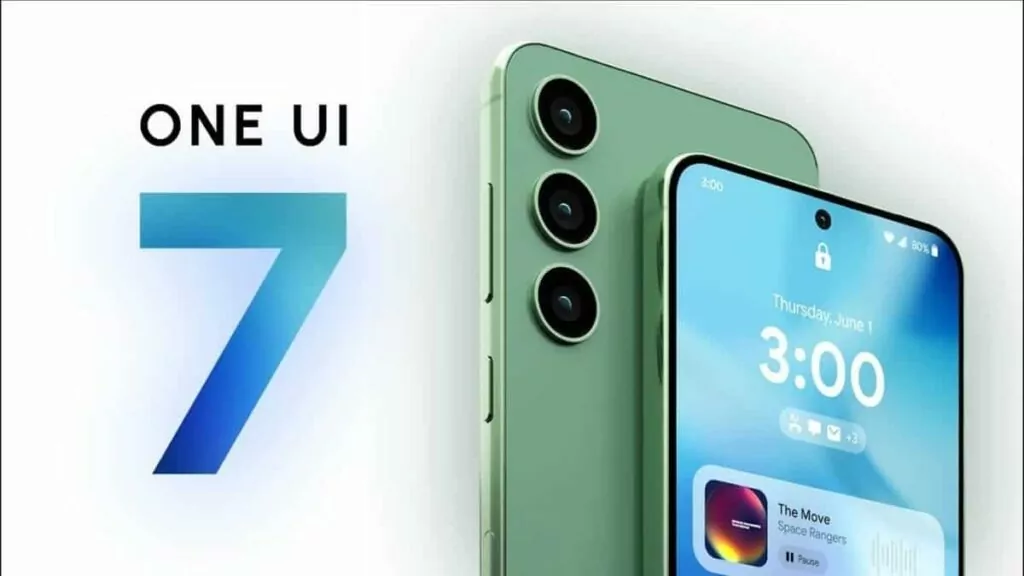
Breaking Down the One UI 7 Development
Early Adoption of Android 15
- Swift Integration: Samsung’s quick move to incorporate Android 15 demonstrates its agility in adapting to new Android releases.
- Competitive Advantage: Early adoption could give Samsung an edge over other Android manufacturers in bringing the latest features to users.
- Collaboration with Google: This rapid development suggests a strong working relationship between Samsung and Google, potentially benefiting from early access to Android 15 builds.
Galaxy S23 Ultra as the Test Device
- Flagship Focus: Using the S23 Ultra for testing indicates Samsung’s priority on optimizing new software for its high-end devices first.
- Hardware Capabilities: The S23 Ultra’s powerful hardware allows Samsung to push the boundaries of what’s possible with the new software.
- User Base Consideration: This choice reflects an understanding that flagship users often expect and appreciate early access to new features.
Potential Features and Improvements
Design Evolution
- Watch UI Inspiration: Borrowing elements from the Galaxy Watch 6 UI could bring a fresh, cohesive look across Samsung’s ecosystem.
- Vertical App Drawer: If implemented, this could signify a shift in Samsung’s approach to app organization and user interface design.
Performance Enhancements
- Battery Optimization: Improved power management is crucial, especially for devices with advanced features that can be power-intensive.
- System Responsiveness: Enhancements in this area could lead to a smoother, more fluid user experience across all Galaxy devices.
AI Integration
- On-Device AI: Samsung might introduce more sophisticated on-device AI capabilities, enhancing privacy and reducing reliance on cloud processing.
- Personalization: AI could be leveraged to offer more personalized experiences, from app recommendations to system settings.
- Camera Enhancements: Given the S23 Ultra’s camera prowess, AI improvements in image processing and scene recognition are likely.
Implications for the Samsung Ecosystem
Device Compatibility
- Rollout Strategy: The testing on the S23 Ultra might indicate which devices will receive One UI 7 first, potentially creating a tiered update schedule.
- Older Device Support: Questions remain about how far back Samsung will extend One UI 7 support to older Galaxy models.
Ecosystem Integration
- Cross-Device Functionality: One UI 7 could introduce new ways for Samsung devices to interact, enhancing the ecosystem’s overall value proposition.
- SmartThings Integration: Deeper integration with Samsung’s smart home platform could be a focus, given the growing importance of IoT.
The Broader Android Landscape
Samsung’s development of One UI 7 occurs within the context of the larger Android ecosystem:
- Differentiation from Stock Android: One UI 7 will likely continue Samsung’s tradition of offering a distinct experience from stock Android.
- Competition with Other OEMs: The features and performance of One UI 7 will be compared to custom Android skins from competitors like OnePlus and Xiaomi.
- Android Feature Adoption: How Samsung implements new Android 15 features within One UI 7 will be closely watched by users and industry observers.
Potential Challenges and Considerations
- Balancing Innovation and Stability: Samsung must ensure that new features don’t come at the cost of system stability or performance.
- User Education: Significant changes to the UI or the introduction of complex AI features may require efforts to educate users.
- Update Size and Distribution: Large updates can be challenging to distribute, especially in regions with limited internet infrastructure.
Looking Ahead: The Road to Release
While the timeline for One UI 7’s public release remains uncertain, we can anticipate several milestones:
- Beta Program: Samsung is likely to launch a public beta, allowing enthusiasts to test and provide feedback on the new software.
- Developer Support: Samsung may release developer resources to help app creators optimize for One UI 7.
- Gradual Rollout: The final release will likely be phased, starting with flagship devices before expanding to other models.
Conclusion: A Glimpse into Samsung’s Software Future
The testing of One UI 7 on the Galaxy S23 Ultra offers an exciting preview of Samsung’s software direction. It demonstrates the company’s commitment to rapid innovation and its desire to provide cutting-edge experiences to its users. As development progresses, we can expect more details to emerge about the specific features and improvements One UI 7 will bring.
For Samsung users, this news promises an enhanced experience in the future, with potential improvements in design, performance, and AI capabilities. For the broader Android community, Samsung’s moves with One UI 7 could influence trends in smartphone software development and user experience design.
As we await more official information from Samsung, the tech community will undoubtedly be watching closely, speculating on features, and anticipating the next big leap in mobile software experience.


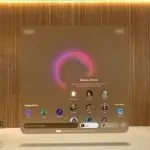




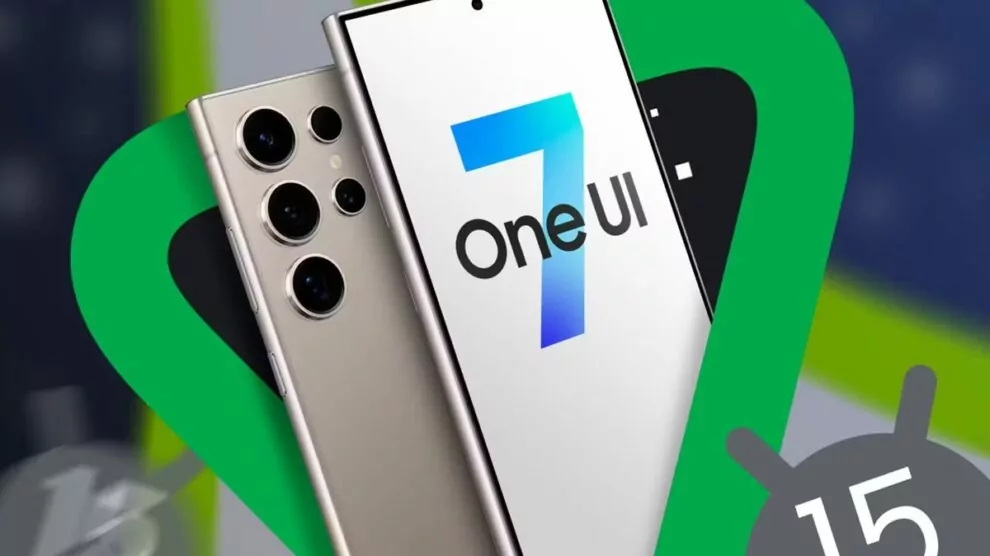
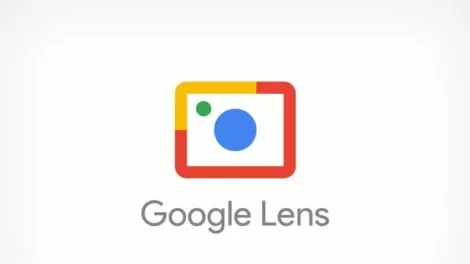
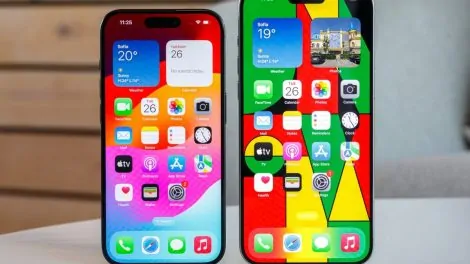
Add Comment